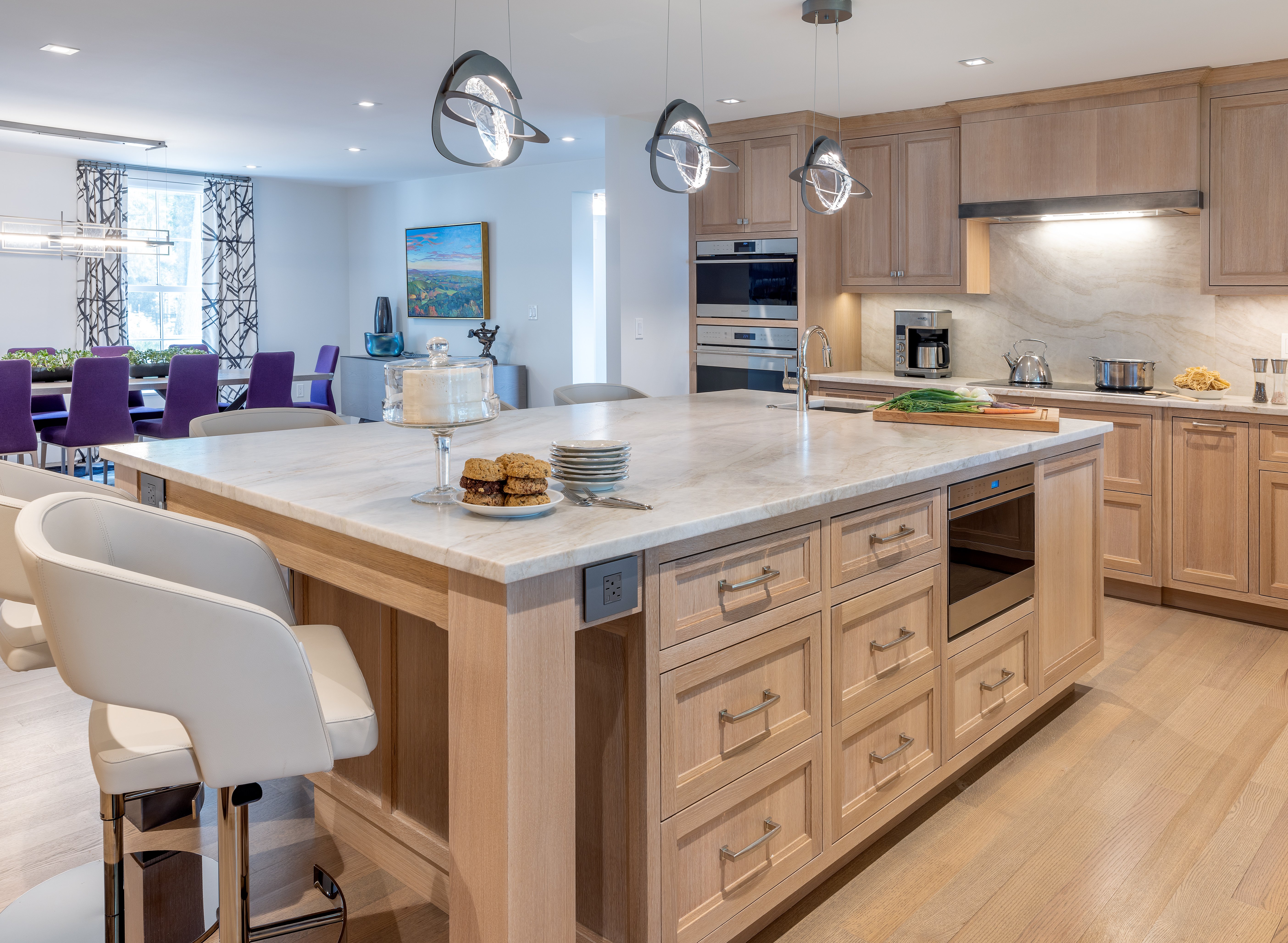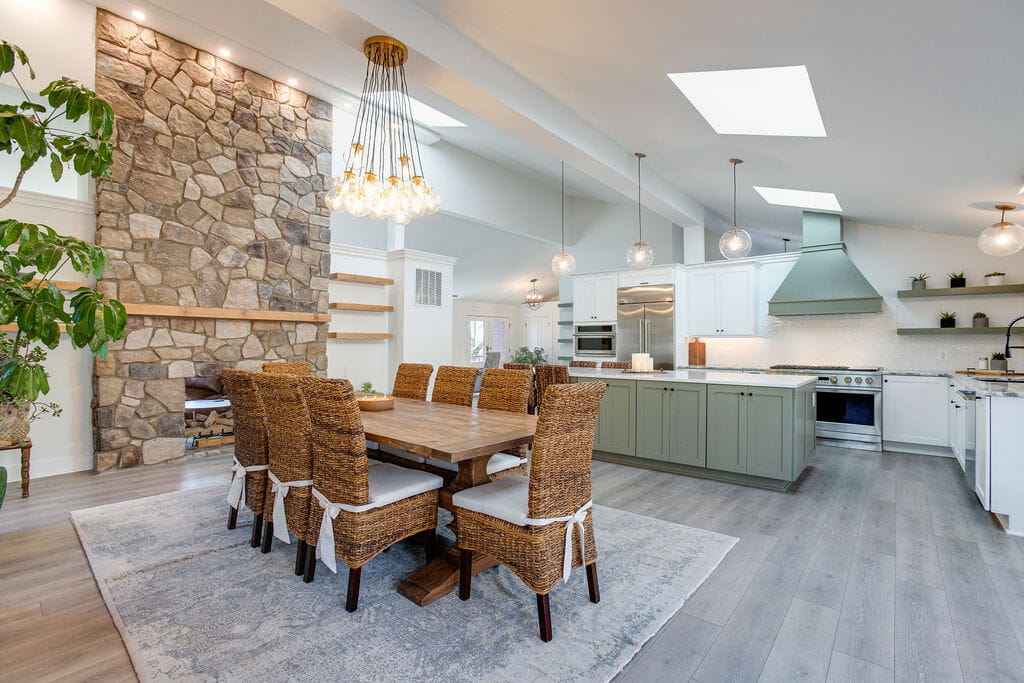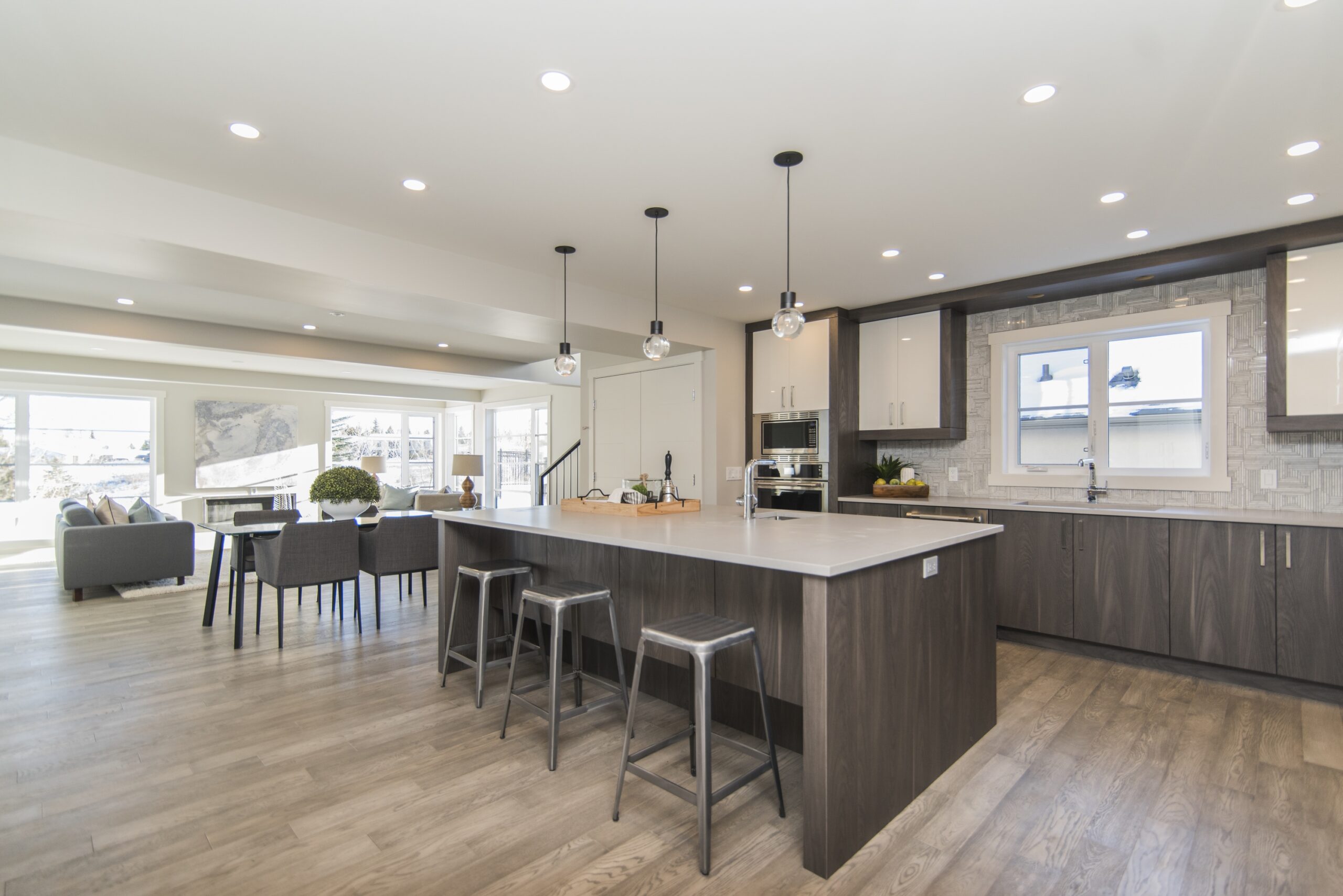Why Usual Locations for Renovating Are Vital for Modern Living
In the contemporary building landscape, the relevance of common locations in domestic and public areas can not be overemphasized. These areas not just improve functionality however also play a crucial duty in cultivating social connections and boosting overall visual appeal. By attentively remodeling these shared environments, homeowner can create inviting rooms that resonate with contemporary living demands and choices. The advantages expand beyond simple appearances; they can also influence building value and bring in prospective locals. Comprehending the complex importance of these typical locations raises appealing inquiries about their role fit neighborhood characteristics and lifestyle options.

Importance of Usual Areas
The value of common areas in property and business spaces can not be overstated. In household setups, typical locations such as entrance halls, lounges, and recreational areas promote daily interactions amongst locals, promoting a sense of neighborhood and belonging. Home Remodeling.
In industrial contexts, typical areas such as waiting spaces, seminar centers, and break areas are vital for operational efficiency. They not only enhance the circulation of activity within a workspace but likewise foster partnership and advancement amongst staff members. Properly designed usual locations can reflect a company's brand name identification while focusing on convenience and availability for both clients and staff.
Furthermore, usual locations add to the total property value, as they are commonly key aspects for prospective purchasers or renters. Aesthetic enhancements and thoughtful renovation of these rooms can cause boosted contentment and retention prices, making them a crucial factor to consider for both residential and commercial homeowner. Focusing on typical areas is important for developing atmospheres that are both practical and welcoming.
Enhancing Social Connections
Usual locations work as vital centers for boosting social links among residents or staff members, promoting a sense of neighborhood and collaboration. These shared rooms, such as lounges, kitchen areas, and gardens, urge interactions and facilitate relationship-building, which is crucial in today's significantly isolated lifestyles.
The style of common locations can considerably influence social interaction. Open up formats, comfortable seating arrangements, and welcoming decor produce environments conducive to conversation and link. By giving spaces for casual gatherings, citizens or staff members can take part in spontaneous communications, strengthening bonds and developing networks that might extend past the immediate neighborhood.

Ultimately, well-designed common locations not only offer useful purposes but also play a crucial function in supporting connections and neighborhood spirit. By buying these spaces, homeowner and employers can grow a lively environment where people feel valued and engaged, causing a much more harmonious living or workplace.
Improving Home Capability
Making the most of home functionality entails thoughtful improvement that satisfies the specific demands of locals while optimizing using offered area. Usual areas, such as living rooms, eating areas, and kitchens, work as the heart of the home, and their design needs to improve daily regimens and tasks.
(Luxury Home Remodeling)Incorporating multi-purpose furniture, such as collapsible tables or built-in storage remedies, can considerably boost capability. These attributes not only conserve space however additionally facilitate a much more organized atmosphere. Open layout can better improve the circulation between different areas, making it less complicated for household participants to communicate and participate in numerous tasks at the same time.
Additionally, the assimilation of modern technology can add to boosted functionality. Smart home systems allow for smooth control of illumination, climate, and safety and security, enhancing convenience and effectiveness. Correct illumination layout is also essential; well-lit rooms create an inviting atmosphere while sustaining jobs and tasks that need emphasis.
Ultimately, redesigning usual locations with a concentrate on functionality guarantees that homes offer their desired purpose successfully, accommodating the diverse way of livings of homeowners while cultivating a feeling of convenience and simplicity in everyday living.
Boosting Aesthetic Charm
Enhancing the aesthetic charm of common locations not only elevates the visual beauty of a home but also adds to an inviting environment that mirrors the locals' individual style. Thoughtfully made usual rooms, such as living rooms, dining locations, and corridors, act as the Home Improvement backdrop for day-to-day communications and unforgettable gatherings, making their look vital.
A well-executed improvement project can include a range of design components that improve the overall atmosphere. Including cohesive shade palettes, fashionable furnishings, and classy illumination components can create an unified environment. Structures and products, such as wood, rock, or fabric, can include depth and warmth, welcoming comfort and relaxation.
Imaginative touches, such as wall art or decorative accents, not only customize a room yet also work as conversation starters. Furthermore, incorporating useful components, like built-in shelving or attractive storage services, can maintain a tidy visual while providing usefulness.
Eventually, changing common locations right into visually appealing spaces enhances the living experience, promotes social communication, and showcases individual tastes, making them crucial components of modern living. These improvements cultivate a sense of satisfaction and possession, developing a home that is both attractive and inviting.

Boosting Property Worth
(Constraction Company)Home owners seeking to enhance their residential or commercial property worth ought to consider renovating usual locations, as these spaces significantly affect a buyer's initial perception. Properly designed and upgraded communal areas can develop a welcoming environment that enhances the general allure of the building. Purchasers often imagine themselves and their guests in these areas, making them critical in the decision-making process.
Redesigning common areas, such as entranceways, living spaces, or shared exterior spaces, can generate significant returns on investment (Home Remodeling). A modern, useful design that integrates existing fads-- such as open floor plans or eco-friendly materials-- can attract a wider series of possible buyers. Additionally, improving these locations can elevate the perceived value of the whole residential or commercial property, making it a lot more affordable in the market.
Additionally, purchasing usual locations can bring about boosted bankability. Characteristics with properly maintained and aesthetically pleasing communal spaces are frequently quicker to sell and may command higher asking price. Property owners ought to prioritize upgrades that enhance both functionality and style to maximize their home's prospective value. Ultimately, thoughtful remodeling of common locations is a strategic technique to not just enhance living conditions yet additionally to safeguard a higher return on financial investment when offering.
Final Thought
In final thought, the remodeling of usual locations is integral to modern-day living, as it dramatically boosts social connections, improves home capability, and improves aesthetic allure. These areas not just foster a sense of community yet also add to boosted building value. By focusing on thoughtful style and modernization, usual areas can successfully meet modern lifestyle requirements, creating welcoming environments that promote interaction and health amongst locals. The value of these areas can not be overemphasized in today's dynamic living landscape.